The entrepreneurial spirit of the sprouting coconut
Telling the story of the entrepreneur and community that inspired my logo
My logo is a sprouting coconut. It was taken from this picture. Which was taken at a farm in Brazil. I was there with a group from the church in Manaus for the New Years weekend a few years ago.
When I saw that little coconut tree sprouting, it felt like I symbol of what I had been doing on that trip. I had been in Brazil for nearly 6 months setting up the computer classroom in Autazes. My mission was to sow something that I hoped would sprout into a better life for some children. These children who were growing up in the midst of a very dark and difficult world. This little tree felt like an image of hope in the darkness.
A Coconut Farm in a Favela
This little tree reminded me of another experience from my trip a few weeks earlier. A team from my church had come to Manaus for a mission trip in the middle of December. I went with them on one of their mission outings to another community nearby. We were handing out Covid supplies and gather information to help the government assess the impact on the community. I was intrigued by the farm across the road. I asked one of the guys from the mission if he knew anything about the farm. It was very well kept and seemed pretty modern compared to the rest of the community. He said that he didn’t, but that he assumed it was a corporate farm. Sometimes corporate farms will come into a poor community to take advantage of the people. I told him I was familiar with what he was talking about, but it didn’t quite feel like a corporate farm I had seen on my travels. Just something about the few workers I could see didn’t seem like what I have seen at those types of farms.
About that time, one of the workers noticed us and came over for a chat. I was a little concerned I was going to get into trouble for taking pictures. The Brazilian with me told me to wait here, as he went to talk to the man. It didn’t sound like the scolding I was expecting to hear. A few seconds later I was waved over, and invited in a tour.
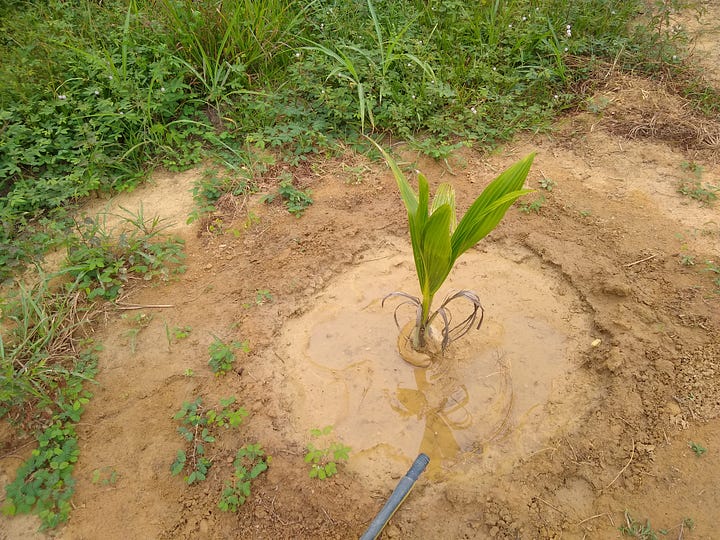
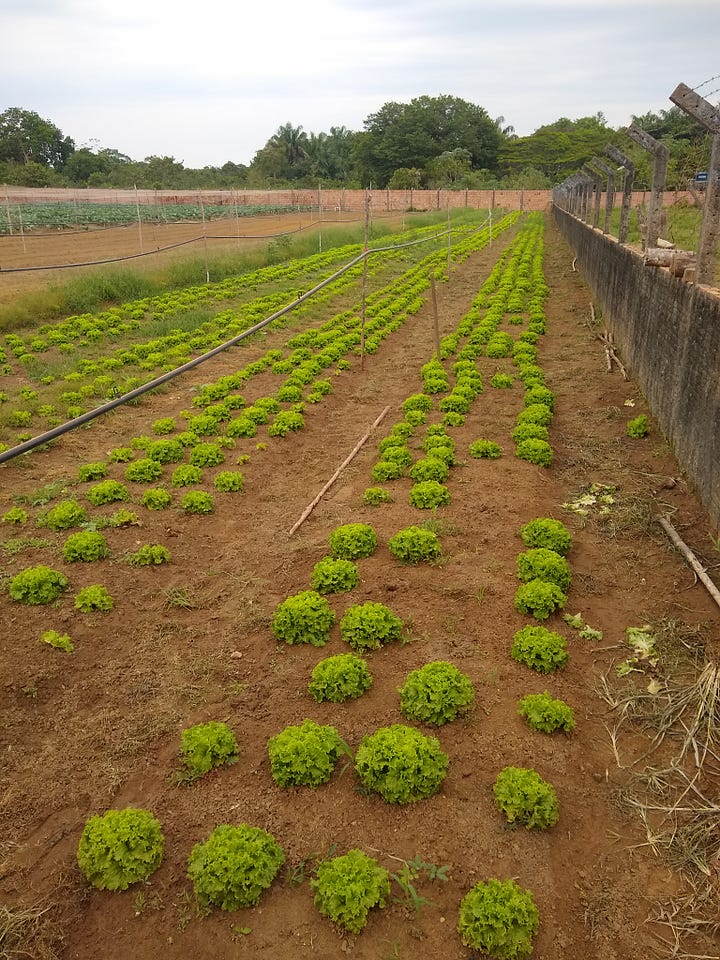
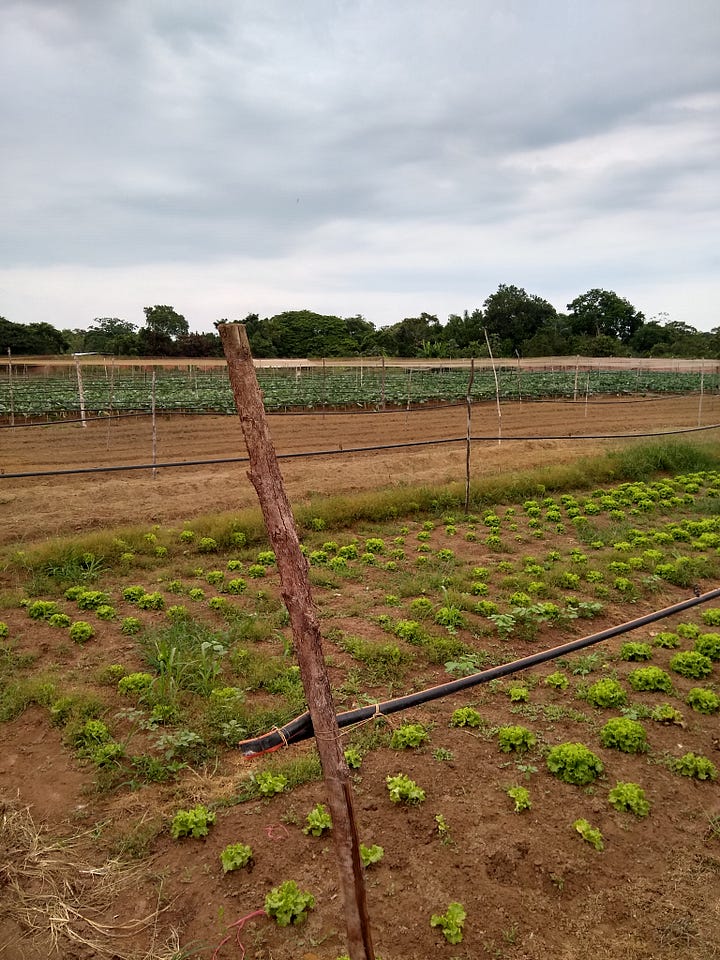
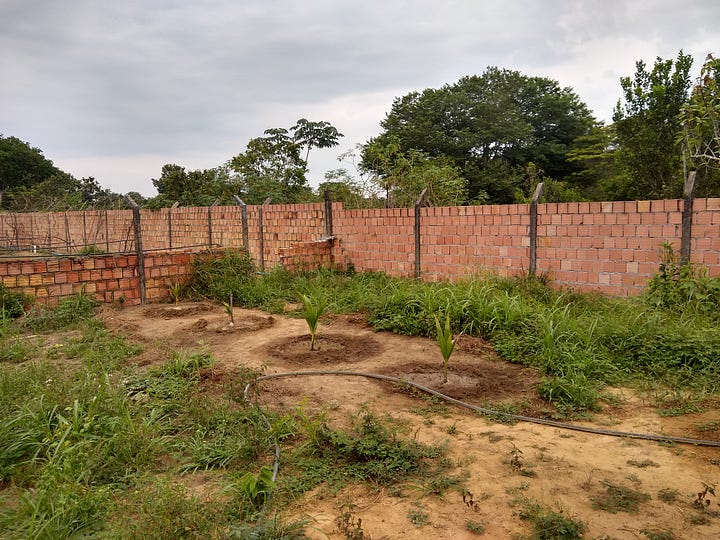
It turns out the man was the owner of the farm. He had started this farm to grow food for the community. When he started, he didn’t know anything about farming, so he watched videos on YouTube. He started with some things that were easy to grow like lettuce and beans, and expanded from there. He started selling some of the produce in the city so that he could expand and hire a few people from the community.
As he showed us a row of coconut trees, he explained an issue that often happens. He can get much more for the produce in the city. It is more cost effective to sell the produce and then buy cheaper food for the community. This is a problem that often happens in these small communities. To buy seeds and supplies, they often have to sell some of the produce. They quickly find themselves selling the good food to outsiders, and buying cheaper less nutritious food in order to maintain the farm. The community doesn’t get the benefit of what they are growing.
To address that issue he is starting the coconut trees. The coconut is a much more valuable product. Once the trees are fully producing, the coconuts will provide the income to sustain the farm so that they can keep more of the other produce in the community. Again, he didn’t know how to start coconut trees, so he learned from YouTube. Once the farm is sustainable, he plans to turn it into a community cooperative so he has also been learning about those legal requirements. He isn’t doing this to make money for himself; he is doing it for his community. This is exactly the entrepreneurial spirit I hope to foster.
Homeless Encampment to Community
This community was originally a homeless encampment. You may have heard of the term favela. This is a favela that grew up on the edge of the jungle near the garbage dump. It is too far from the city for the people who live there to make it into the city for work. So the only jobs were in the garbage dump. It wasn’t an established community and for many years the local government would break it up. Only for a new group of homeless to move in. Eventually the government gave up and ceded the land to the people living there.
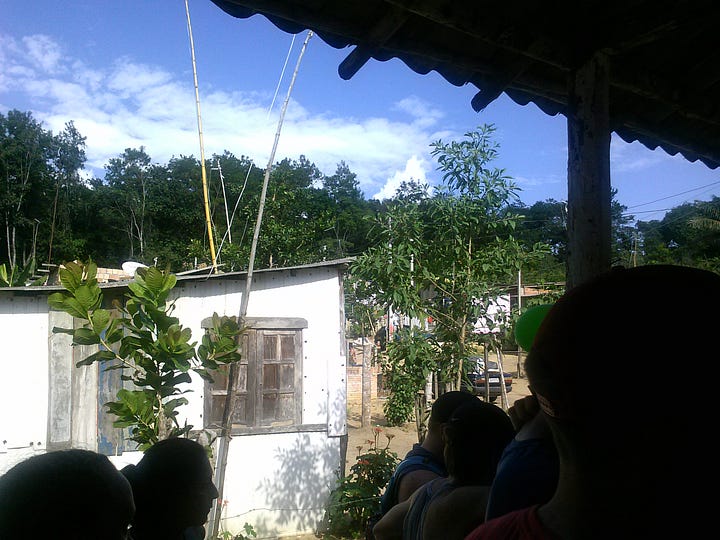
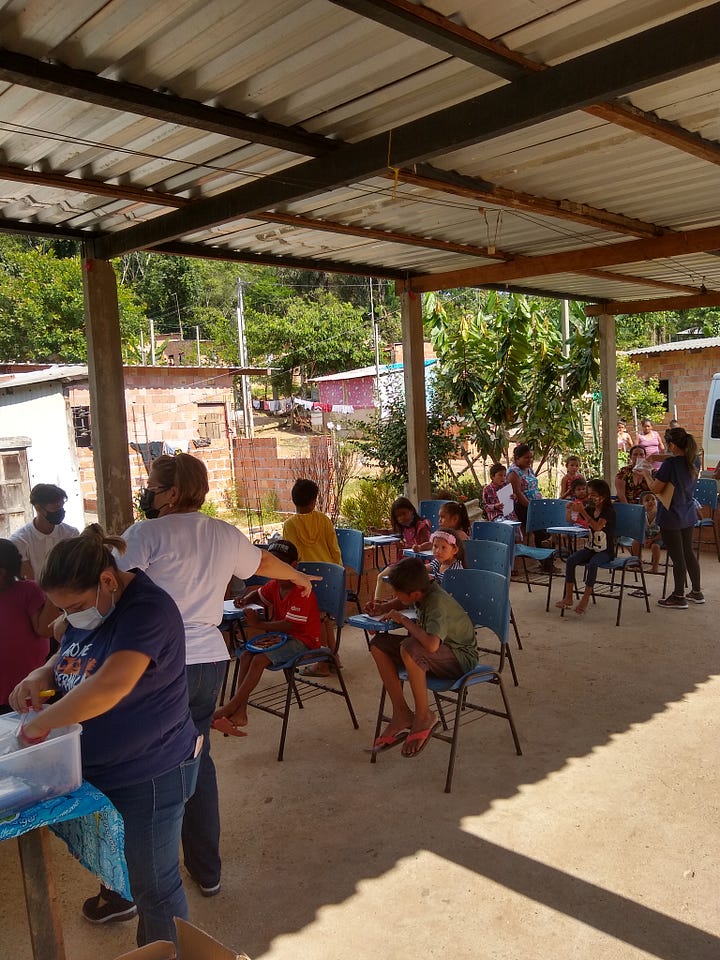
Because of this history, there is no infrastructure. The houses are very poorly built and are somewhat temporary structures. There is no sewage or water systems. Streets are slightly better than a dirt path. Someone bought some a couple of adjacent properties to create a community center so that they can start to teach the children in a makeshift school. In the midst of this hardship, the community supports one another.
I travel the world exploring communities like this. Finding ideas to share and far too many needs to do more than document. I do what I can to help people find resources to improve their lives. It is surreal to think that I was serving the people of this community by day and at night leading the development of an app for remote workers.
I am not a writer, but I hope to encourage others to give back to their communities. You don’t have to go to remote regions like this. You can also find volunteer opportunities in you own community. I am developing a training program to help you integrate work with a missional life. I have decided to offer my content for free, but ask that you pay if you can. Check out my Missional Living Academy from the button below.
The project I am currently working on is a data analysis and technology education center in a poor community outside of Recife, Brazil where the poverty rate is 47%. Read my last update on that project.
Thank you for your support!






